No products in the cart.
Uncategorized
14 Sustainable Fashion Trends EU 2024 You Must Know
By 2024, climate change has turned sustainability from an option into a must. The fashion industry, often criticized for its environmental impact, is undergoing a powerful transformation. Sustainability isn’t just a buzzword anymore, it’s a movement reshaping the way we think about style. Sustainable fashion is now a lifestyle, not just a trend. Want to know what’s driving the change? Dive in and discover the top 14 sustainable fashion trends EU 2024 that are leading the way to a more responsible future.
Sustainable Fashion Trends EU 2024
Sustainable fashion is at the forefront of the European fashion scene in 2024. With growing environmental concerns, both consumers and brands are shifting towards more eco-friendly approaches. Let’s explore the top sustainable fashion trends EU 2024 that are making waves and leading the movement for a greener, more ethical industry.
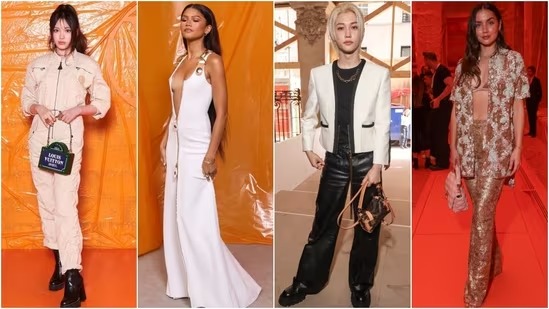
1. Circular fashion
Circular fashion is gaining momentum as brands embrace the idea of creating clothing that can be recycled or repurposed. This approach reduces waste by keeping garments in use longer, helping to make the fashion industry more sustainable.
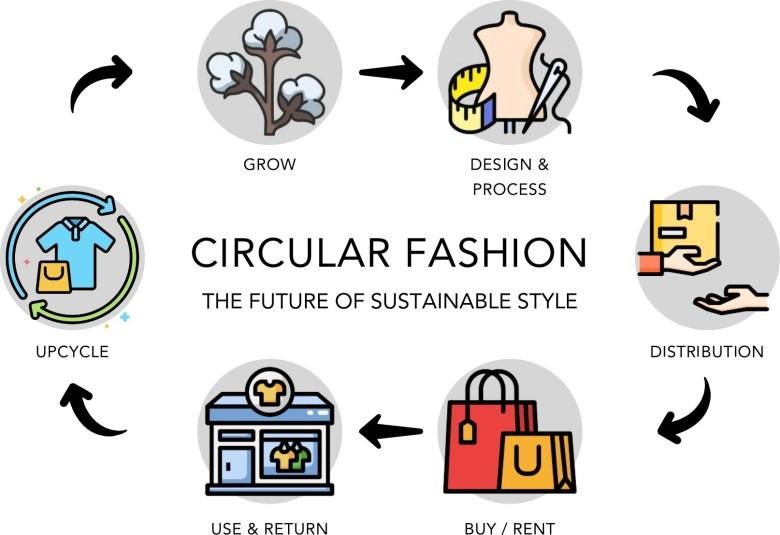
2. Upcycling and repurposing
Upcycling continues to be a significant trend, allowing designers to transform old clothing into new creations. This trend is making waves in the sustainable fashion trends EU 2024, as it encourages creativity while minimizing the waste sent to landfills.
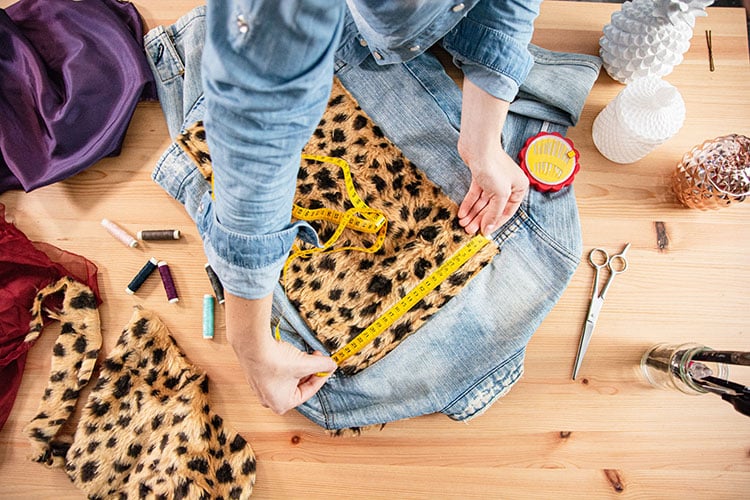
3. Transparent supply chains
Transparency is key in 2024. Consumers are demanding more information about how and where their clothing is made. Brands are providing detailed information about their supply chains, emphasizing responsible sourcing and ethical labor practices.
4. Sustainable fabrics
The use of sustainable fabrics is a core part of the sustainable fashion trends EU 2024. Innovative materials like organic cotton, recycled polyester, hemp, and bamboo are in high demand. Additionally, bio-based fabrics such as mushroom leather are gaining popularity, reducing the industry’s reliance on animal products and synthetic materials.

5. Digital fashion
Digital fashion has emerged as a creative and eco-friendly solution to the problem of overproduction. Virtual clothing, used for avatars or social media posts, allows consumers to engage with fashion without the environmental costs of physical production.
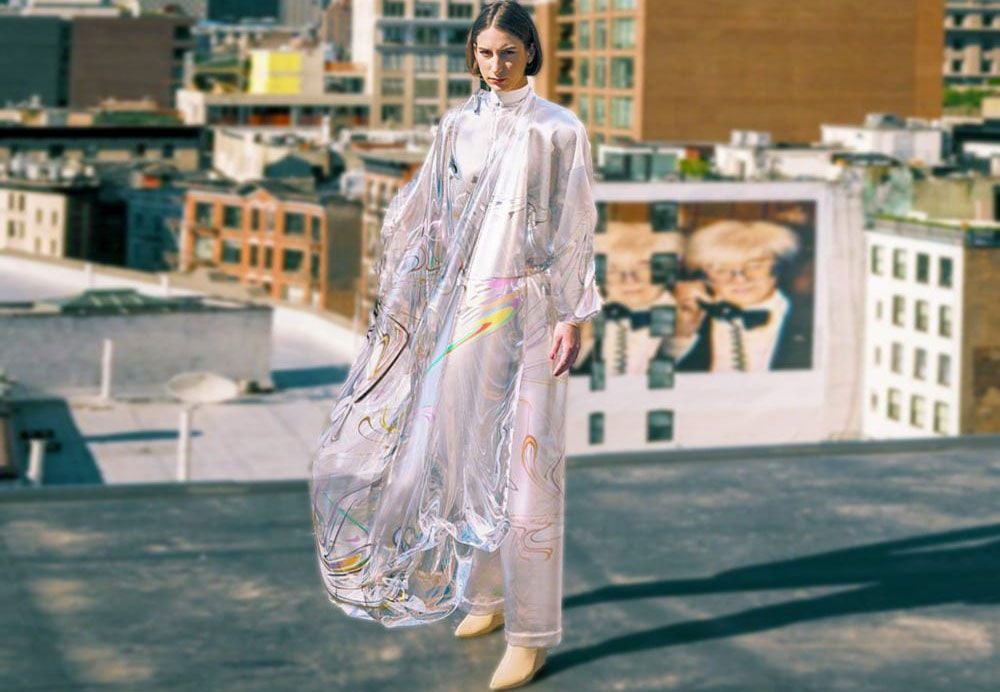
6. Rental fashion
Renting clothes, especially for special occasions, has become a viable alternative to buying. The rental fashion market is flourishing in Europe, providing a sustainable solution for those who enjoy variety without the commitment of purchasing new items.

7. Resale and second-hand fashion
The resale market is one of the fastest-growing sustainable fashion trends EU 2024. Platforms like Vinted and Vestiaire Collective allow consumers to buy high-quality, second-hand clothing, promoting a circular approach to fashion and helping reduce overall consumption.

8. Slow fashion movement
Slow fashion encourages consumers to invest in quality pieces that last longer, moving away from the cycle of fast-fashion purchases. This trend supports the idea of buying fewer but better-made items, which is an essential shift in creating a more sustainable fashion landscape.

9. Local and artisanal production
Locally made fashion is gaining traction, promoting both environmental benefits and supporting local artisans. By focusing on local craftsmanship, brands can reduce transportation emissions and bring consumers closer to the source of their clothing.
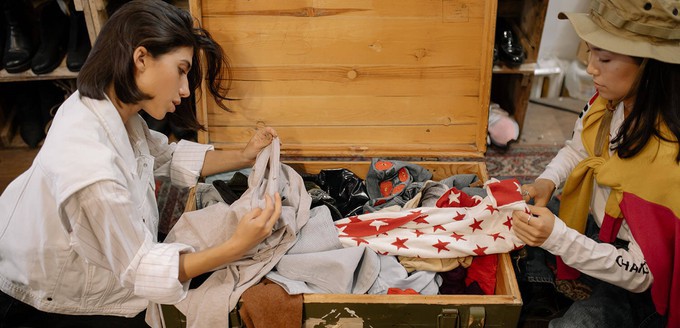
10. Eco-friendly dyeing and finishing
Eco-friendly dyeing and finishing processes are crucial for reducing the environmental footprint of clothing. The fashion industry in Europe is increasingly adopting non-toxic dyes and water-efficient technologies to create vibrant colors without harming the environment.
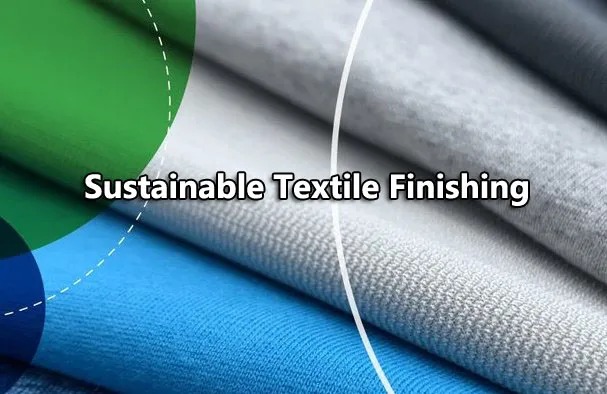
11. Zero-waste design
Zero-waste design is becoming more popular among designers aiming to minimize fabric waste. This trend is a key part of sustainable fashion trends EU 2024, as it ensures that every part of the material is used creatively, minimizing the environmental impact.

12. Regenerative agriculture
Regenerative agriculture is transforming how raw materials are sourced. By promoting healthy ecosystems, regenerative farming techniques help produce more sustainable raw materials like organic cotton and wool, contributing to a more eco-friendly supply chain.
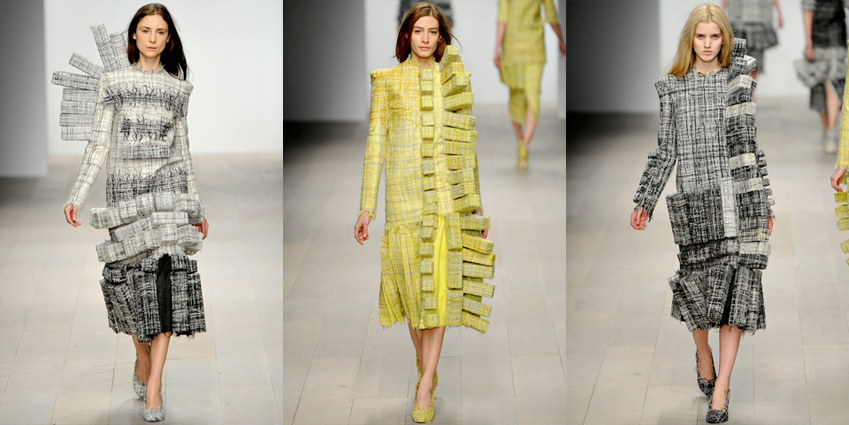
13. Vegan and cruelty-free materials
With consumers increasingly concerned about animal welfare, vegan and cruelty-free materials are making a significant impact. Alternatives like mushroom leather and plant-based textiles are setting the standard for compassionate fashion choices in 2024.
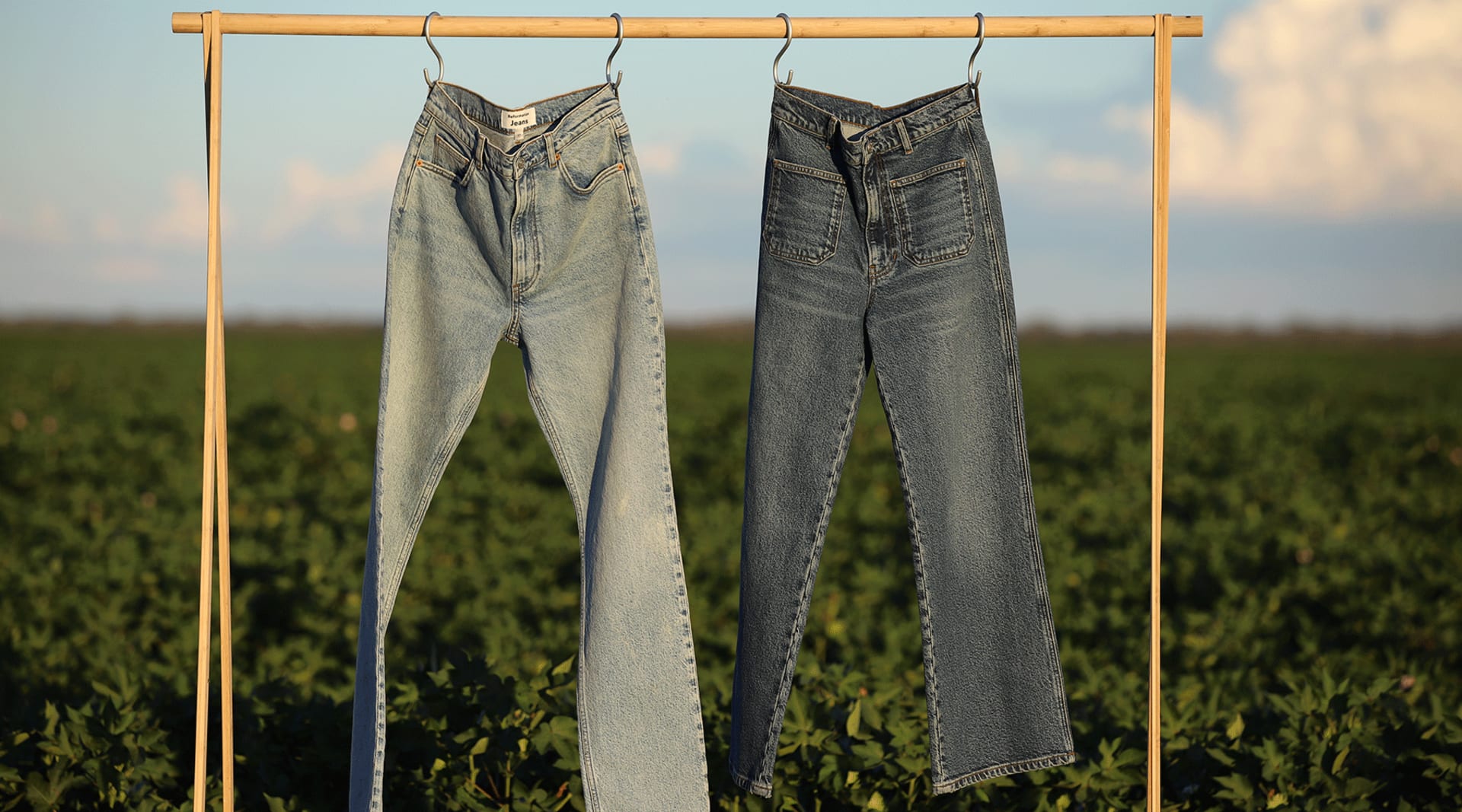
14. Clothing repair and maintenance services
The focus on extending the life of clothing is a major trend this year. Brands are offering repair services to encourage customers to maintain and repair their garments rather than throw them away. This trend supports the broader movement toward sustainability by promoting a “wear and repair” culture.

The sustainable fashion trends EU 2024 are redefining how we interact with our clothing. From upcycling and circular fashion to digital innovation and eco-friendly fabrics, these trends highlight the industry’s shift towards more ethical and environmentally friendly practices. Sustainable fashion is no longer a niche interest, it’s becoming the standard for how we approach style and consumption in the modern world.
If you’re ready to make more sustainable fashion choices, explore TeeniqueDesign latest collection. We offer unique, stylish, and eco-conscious garments that align with your values. Join us in making fashion more sustainable, starting today.
Inbox Fanpage Teenique to get more information.
